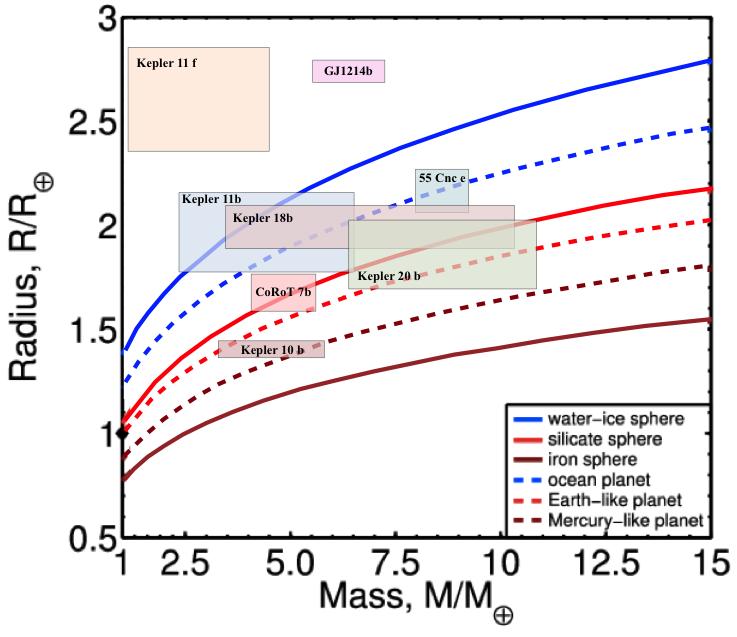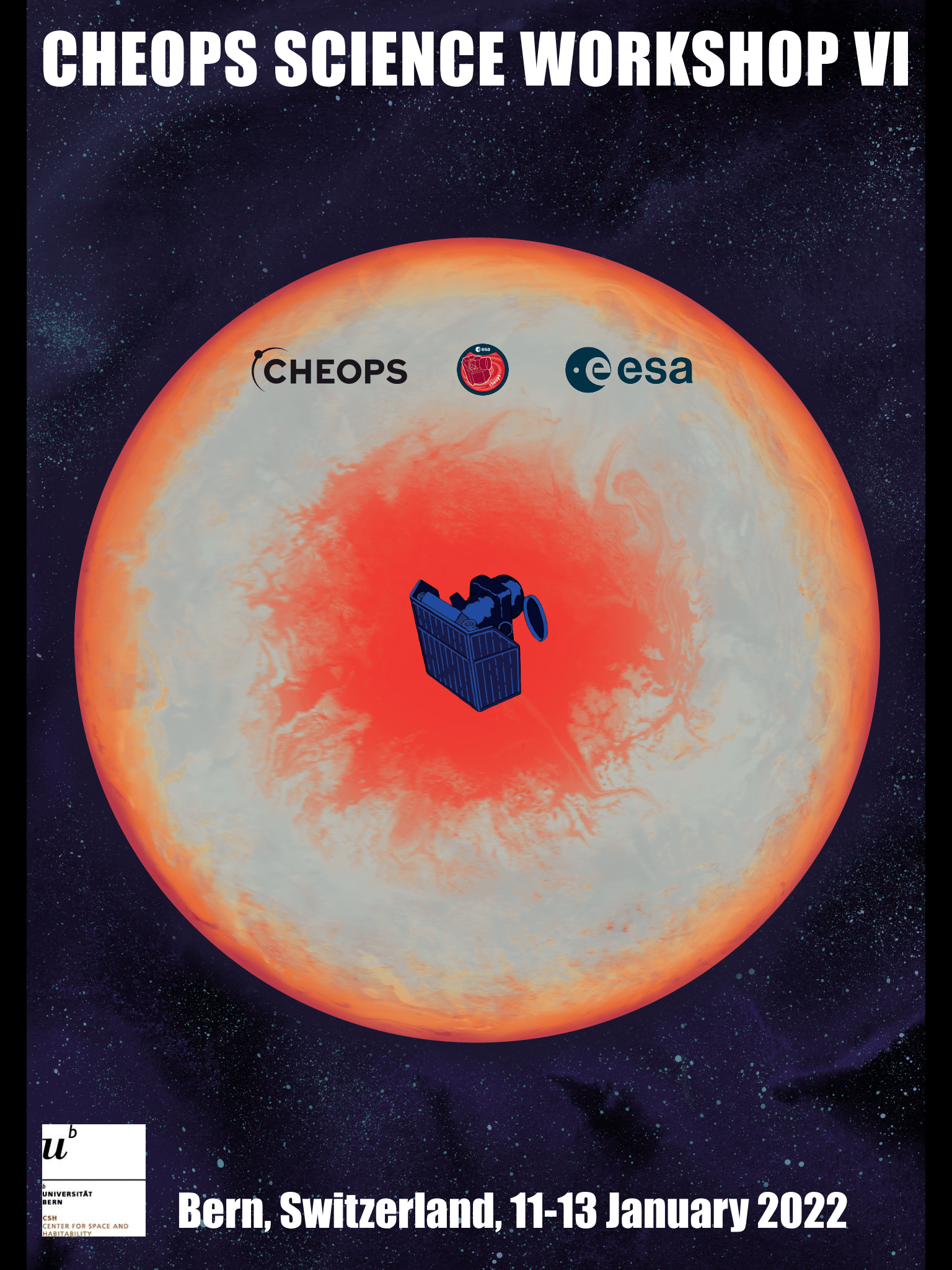Science
Introduction
The discovery in 1995 (Mayor & Queloz, Nature 1995) of the first giant planet outside of the solar system sparked a real revolution in astronomy. The completely unexpected characteristics of this first planet captured the imagination and interest of the scientific community and the general public alike. Ten years later, the European Space Agency (ESA) defined the conditions for planet formation and the emergence of life1 as one of its top scientific priorities for the period 2015-2025 (Cosmic Vision 2015-2025, 2005).
Today, over 1000 exoplanets are confirmed. We have learned that planets are quite common, and that their properties are much more diverse than originally predicted (Udry et al. 2007). We have even witnessed the first few direct detections and analysis of their atmospheres in recent years. These pioneering measurements, previously restricted to planets within our solar system, are opening the door to actual characterization of exoplanets not only in terms of physical parameters but also in terms of habitability.
In our solar system, giant planets (Jupiter, Saturn, Uranus, Neptune) are located relatively far from the sun. This was explained by the fact that, in order to grow large fast enough, these bodies required ices in condensed form which are only available in cold and hence distant regions of the protoplanetary disc. Remarkably, most detected giant planets are located in regions much too close to their star for ices to have been present at any time. Furthermore, planetary orbits were thought to be well aligned with the star’s equator (Fabrycky & Winn 2009), resulting from the notion of disc-driven migration (Lin et al. 1996; Ward 1997). Surprisingly, hot Jupiter planets on non-coplanar orbits appear to be more common than previously thought, including some on retrograde orbits (see refs in Triaud 2011). These orbits have been interpreted as perhaps resulting from dynamical interactions in multi-planet systems after the gas disc is dissipated. In summary, it is indeed striking that the bulk of the exoplanets discovered so far have distinctly different characteristics than was expected from solar system studies.
A fraction of known exoplanets has been found transiting their star. From obvious probability arguments these planets tend to be located on short period orbits. The special geometry of these systems makes them particularly interesting since for these planets the orbital inclination as well as the radius can be derived. In practice, a thorough analysis of the light curve and follow-up observations are needed to get a clear understanding of the nature of the transiting object. Usually, these follow-up observations consist of spectroscopic observations and precise radial velocity measurements (Doppler follow-up).
The improvements and intensive efforts made during the last decade by teams carrying out Doppler surveys have lead to the identification of numerous planetary systems hosting Neptune-mass planets and super-Earths. This clearly indicates that low-mass planets orbiting solar-type stars must be very common (Mayor et al. 2012). A similar conclusion has been reached analysing results from the Kepler mission, revealing a large population of “packed” planetary systems through transits. While their existence has been demonstrated, the exact nature of super-Earth planets remains a matter of fierce debate. From the handful of small planets with both mass and size estimates (see Fig. 1), characterizing their structure remains elusive. Is the observed spread due to astonishing cosmic diversity or an artefact of large measurement uncertainties? CHEOPS provides, for the first time, the capability to address this crucial issue.
The knowledge of the radius of the planet by transit measurements combined with the determination of its mass through radial velocity techniques allows the determination of the bulk density of the planet. Technically, this quantity provides direct insights into the structure (e.g. presence of a gaseous envelope) and/or composition of the body (see Fig. 1). Unfortunately, it is well known that the determination of planetary structure from bulk density is a highly degenerate problem. Even with high precision measurements, it is impossible to derive a unique internal structure and composition of a planet from the knowledge of its mass and radius alone. However, these quantities provide enough information to derive a number of basic quantities relevant to planet structure and hence to formation and evolution to make them vital measurements for further progress.
In addition to providing us with insights on planet structure, the transit geometry offers powerful means to probe the atmospheric composition of these planets. During secondary eclipse, the star occults the thermal emission from the planet, which can then be computed from comparison with the total out-of-transit flux. Thus the emission spectrum of the planet can be determined, without the need for spatially resolving the planet and its star. Such observations have been successfully carried out from space with Spitzer and HST, and also from the ground with large telescopes like the VLT. The observation of the planet during its primary transit at many different wavelengths results in a transmission spectrum (stellar light passing through the planet atmosphere). This transmission spectrum is measured by identifying the small differences in transit depth as a function of wavelength. This technique, which requires extremely high signal-to-noise data and therefore bright targets, can be used to search for water on some planets and even eventually for biomarkers on rocky planets. It has been successfully applied to only a very small number of transiting planets in orbit about the brightest stars like for example HD189733 and GJ1214b (a 6 MEarth planet transiting a nearby M-dwarf) using Spitzer, HST and several ground-based facilities (see Berta et al. 2012 and references therein).
As demonstrated by GJ1214b, understanding the true nature of these super-Earth planets requires not only precise measurements of their mass and radius, but also a study of their atmospheric properties. This is only possible for planets orbiting bright enough stars to permit high signal-to-noise spectrophotometric observations. This last condition is drastically more stringent for low-mass planets than for gas giants leading to the conclusion that only the few dozens of super-Earths that statistically transit the brightest stars within the solar neighbourhood will ever be suitable for a thorough characterization with future instruments (e.g. Seager et al. 2009). This has been nicely demonstrated in the case of the planet 55 Cnc e. This eight Earth-masses planet is the only one transiting a star visible to the naked eye. First detected by Doppler measurements, transits were later detected by the Spitzer and MOST space telescopes (Demory et al. 2011, Winn et al. 2011), revealing a planet with a size of ~2.1 Earth- radii. Owing to the brightness of its host star (V=6, K=4), very high signal-to-noise occultation photometry was possible with Spitzer, leading to the detection of the thermal emission of this super-Earth planet (Demory et al. 2012).

Figure 1: Mass-radius relationship for different bulk composition of the planet (adapted from Wagner et al. 2011) with superimposed known transiting planets where both the mass and the radius of the planet have been measured. The size of the boxes indicates the 1-sigma error on these parameters. So far, in most cases the error bars are too large to obtain an unambiguous measurement of the bulk structure of the planets. 1See http://sci.esa.int/science-e/www/object/index.cfm?fobjectid=47855# Figure 1: Mass-radius relationship for different bulk composition of the planet (adapted from Wagner et al. 2011) with superimposed known transiting planets where both the mass and the radius of the planet have been measured. The size of the boxes indicates the 1-sigma error on these parameters. So far, in most cases the error bars are too large to obtain an unambiguous measurement of the bulk structure of the planets.
1See http://sci.esa.int/science-e/www/object/index.cfm?fobjectid=47855#
